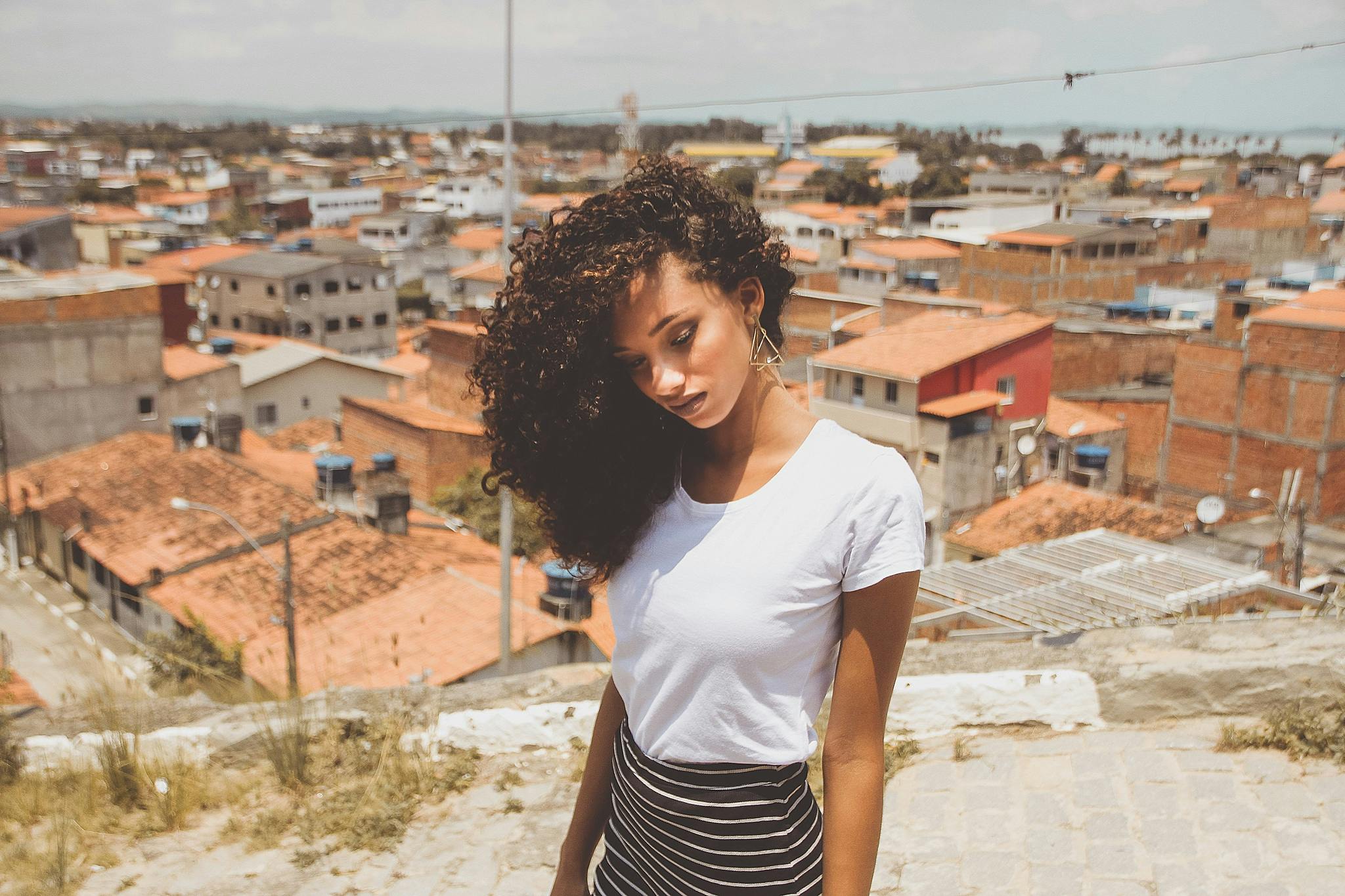
Feel free to add your own tips or ask questions. If the skin looks wrinkled, scarred or damaged take it out and get a new one - or angle it in a such way so as not to see the bad side. This seem obvious but sometimes it’s easy to miss.
You’re often photographing these things really close up so even the tiniest flaws will show up. Check them over closely and be ruthless when you buy our vegetables. 2 -LIGHTING IS EVERYTHING! Backlight is key to texture and making it appetizing looking. This will also allow any steam to show up in the image. Steam or smoke will show up prominently when lit from behind.
Notice how much more appetizing the corn and bean salad looks in the second image, and the only difference is the angle of light. The one that has the light skimming across it from behind makes the salad look crisp and fresh, the other one just seems flat and unappealing.
Lighting from the front and to camera right, notice how flat it seems, Lighting from behind makes the salad glisten and look more appealing to the eye. Dramatic lighting doesn’t have to be fancy, this was shot on my kitchen floor using light from the patio window. Take out stuff you don’t need.
Take out things on the table that are distracting and pair down to just one plate of food. If the food once cooked is unattractive only show a portion of it. Brown soup doesn’t really seem visually stimulating but if you have to do something with it, get creative with props and cropping and when in doubt follow the “more is less” rule of thumb. Simple plates, cutlery, etc. and raw ingredients make great extra props. When I did a lot of food photography I had a cupboard full of different plates, placements and bowls, but only one of each!
Stick to non-patterned plates and bowls so the food stands out more. Showing steps in the cooking process including chopping, in the pot or in process helps people understand the final image. Show one shot before, and one after it’s cooked or step by step images. This works well for things that just don’t look all that great cooked. Super green soup in the pot before blending shows the ingredients well.
After blending it doesn’t look like much so use the before and after, and prop with raw ingredients to help its appeal. 5 showing it cooking is sometimes better than showing the finished product. In the pot and human element added. This was actually photographed on my deck in mid-winter. Can you guess what the background is, Adding a hand stirring a pot or holding a plate allows you to show scale and adds a human element which is often more appealing and real to viewers.
When meats and vegetables are fully cooked they keep cooking after you remove them from the heat. So to keep them looking plump and juicy remove them from the stove or oven a bit early - take your photos, then put it back it to finish cooking before you eat it. This will keep things from looking shrivelled.
This goes without saying, but I’ll say it anyway. The plates and props holding the food must be absolutely 100% pristine, clean, flaw free. When you shoot close up, like most food requires, any imperfections will show up and look like the dish is messy or incomplete. I should have cleaned the pot better.
Tags:
How Make Food
